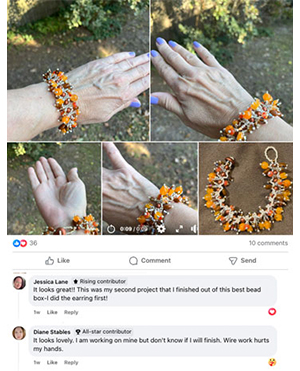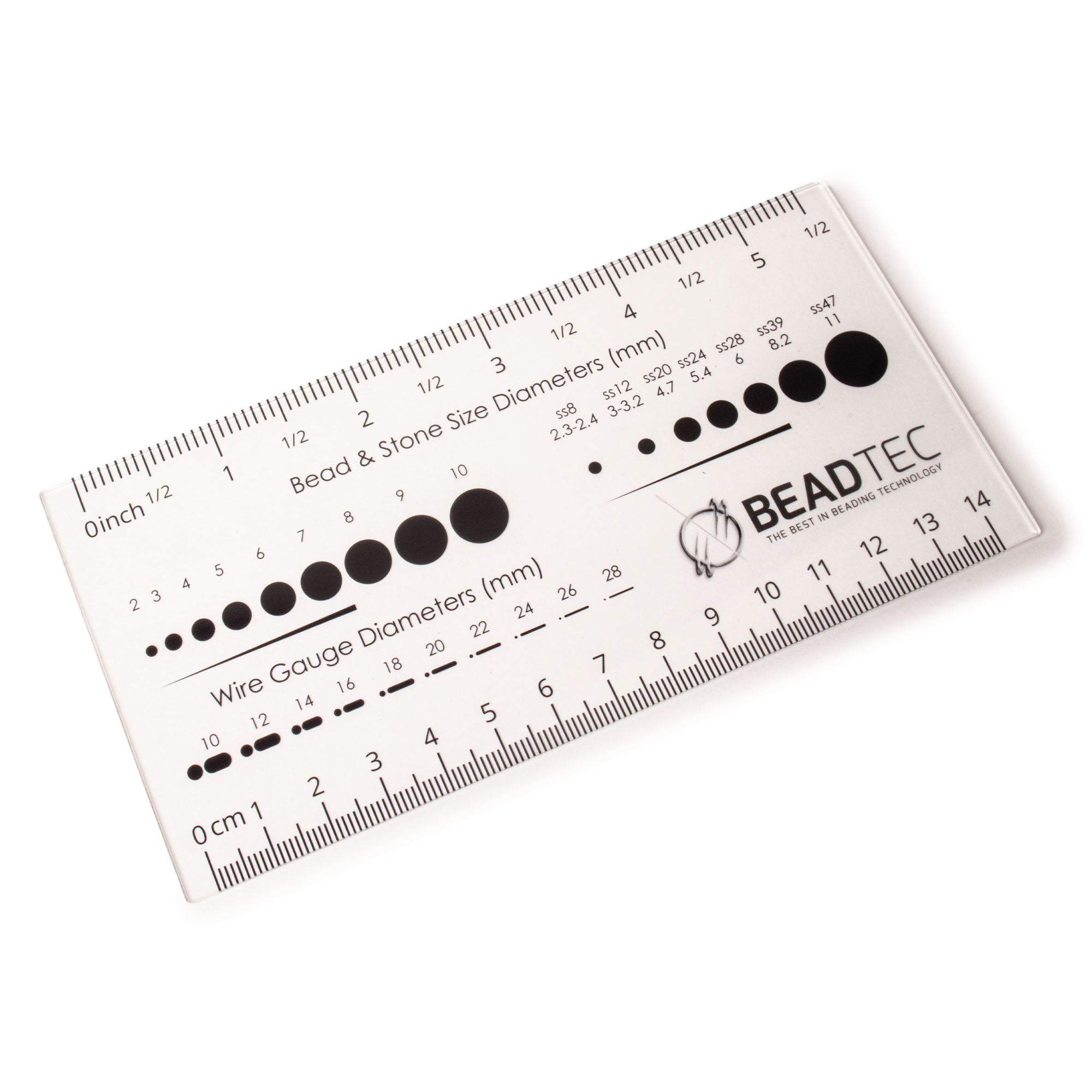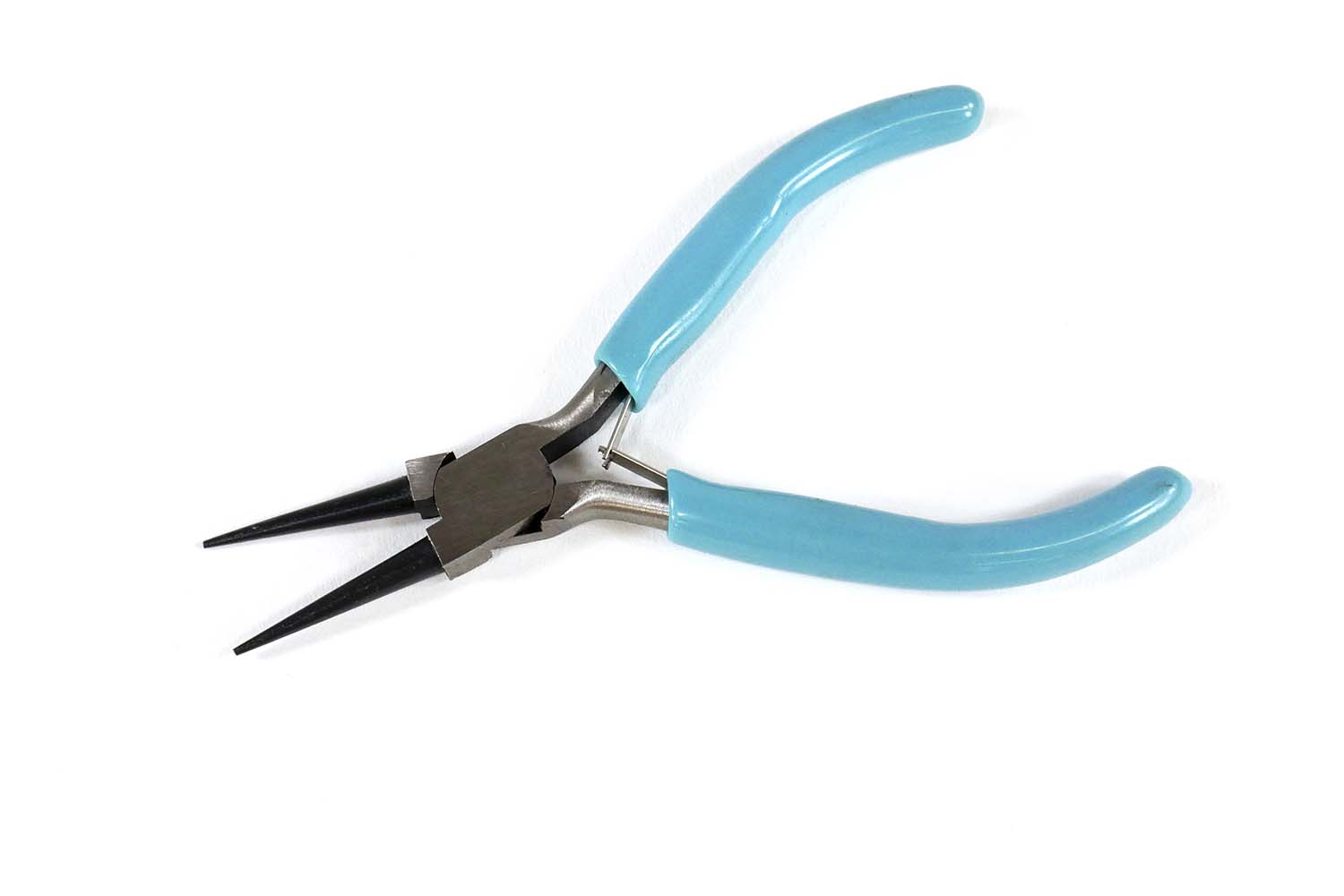- Jewelry-Making Supplies ▾
Design Jewelry with Confidence!
Seed Beads
Thread, Wire, & Stringing Materials
Athenacast Findings & Components
Everything Else
- Kits & Collections ▾
Assemble Your World
Kits & Collections
- Subscriptions ▾
Want monthly Beading Happiness?
Subscriptions
- Learn to Make ▾
Want to learn more?
- Discounts & Deals ▾
Explore Today's Promotions!
- Jewelry-Making Supplies
- Kits & Collections
- Subscriptions
- Learn to Make
- Discounts & Deals
-
Seed Beads
Thread, Wire, & Stringing Materials
Findings & Components
Everything Else
-
Kits & Collections
-
Subscriptions
- Home
- How to Make Jewelry
- Better Beader Episodes
- Creating a Wire Pinch Bail
Creating a Wire Pinch Bail

Watch the Video Tutorial
Watch the Video Tutorial
Need Any Extra Materials?
Need Any Extra Materials?
Need Any Extra Materials?
Need Any Extra Materials?
Episode Transcript
Episode Transcript
Introduction
Creating your own pinch bail is a versatile technique that allows you to add a professional and polished look to your jewelry designs. In this article, we'll walk you through the step-by-step process of making a wire pinch bail, as featured in the Better Beader episode from Potomac Beads. Whether you're working with crystals, stones, or pendants, this technique will help you solve common problems and elevate your jewelry-making skills.
Materials Needed
- 18 gauge wire (approximately 5 inches)
- Wire cutter
- Nylon jaw pliers
- Chain nose pliers
- Round nose pliers
- Pendant or crystal with a front-drilled hole
Step-by-Step Tutorial
- Begin by cutting a piece of 18 gauge wire, about 5 inches long.
- Using chain nose pliers, fold back about 1/8 inch of the wire upon itself.
- Hold the folded wire on top of the round nose pliers, and create a tiny loop perpendicular to the folded piece.
- Grab the nylon jaw pliers and begin creating a simple coil by wrapping the wire around itself, positioning it right next to the previous wrap.
- After about two wraps, move to the opposite side of the wire and repeat steps 2-4 to create a second loop and coil.
- Continue coiling the wire on each side, making one turn at a time. The coils do not need to be the same size for a pinch bail.
- Once you've achieved the desired coil size, find the middle point between the two coils and bend the remaining wire pieces toward each other.
- Trim the wire ends slightly to ensure a neat appearance.
- Insert the larger coil through the front of your pendant or crystal, then work the smaller coil into the back.
- Pinch the wire at the top of the pendant to secure the bail in place.
Customization Ideas & Inspiration
This pinch bail technique is incredibly versatile and can be adapted to suit various designs and materials. Here are a few ideas to inspire your creativity:
- Experiment with different coil sizes and shapes to create unique looks.
- Use colored wire to add a pop of contrast or match your pendant's color scheme.
- Create pinch bails for stones or crystals with side-drilled holes by adjusting the wire placement.
- Incorporate the pinch bail technique when creating bezels for donut beads or other jewelry components.
Conclusion
With this step-by-step guide, you now have the skills to create your own beautiful wire pinch bails. This technique is perfect for solving problems with front-drilled holes, adding a professional touch to your designs, and unleashing your creativity. Give it a try and share your stunning creations with the Potomac Beads community!
For more inspiring jewelry-making tutorials and techniques, be sure to check out other Better Beader episodes from Potomac Beads. Happy beading!
Join Our Growing Community
Join Our Growing Community




Our Testimonials
Our Testimonials
- 56071 (83.7%)
- 4821 (11.3%)
- 3301 (4.2%)
- 233 (0.5%)
- 125 (0.3%)
- Favorite Reviews
- Highest to Lowest
- Newest to Oldest
- All Ratings
- 5 ★ Reviews
- 4 ★ Reviews
- 3 ★ Reviews
- 2 ★ Reviews
- 1 ★ Reviews
Loading...
Only Visible on Admin Mode
Item Description
Designer's Material List
Project Steps
Initial Bend: Use chain nose pliers to fold back about 1/8 inch of wire, creating a small loop.
Forming the Prong: With round nose pliers, make a tiny loop perpendicular to the initial bend.
Coiling the Wire: Coil the wire around itself, starting with the round nose pliers and then using nylon jaw pliers for larger coils.
Mirroring Coils: Repeat the coiling process on the other end, ensuring both sides are symmetrical.
Creating the Bail: Bend the wire to form the bail, trimming any excess wire for a clean finish.
Attaching the Pendant: Insert the prongs into the pendant's hole, adjusting for a snug fit.
Highest Quality
Products
100% Money
Back Guarantee
Fast
Shipping
Best Teaching &
Customer Service
You'll want these emails...
Get Free Projects & Inspiration
Get Free Projects & Inspiration
- Bullet 1
- Bullet 2
- Bullet 3
Copyright © PotomacBeads









